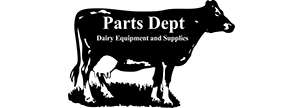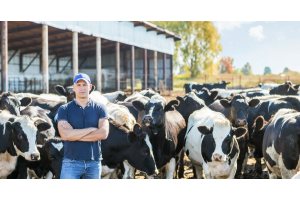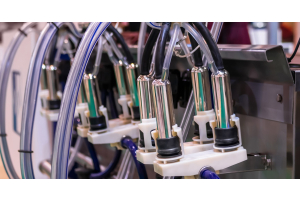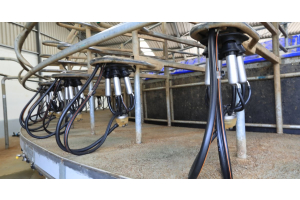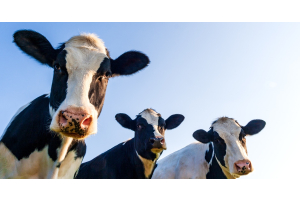Everything You Should Know About Milk Hoses and Tubing
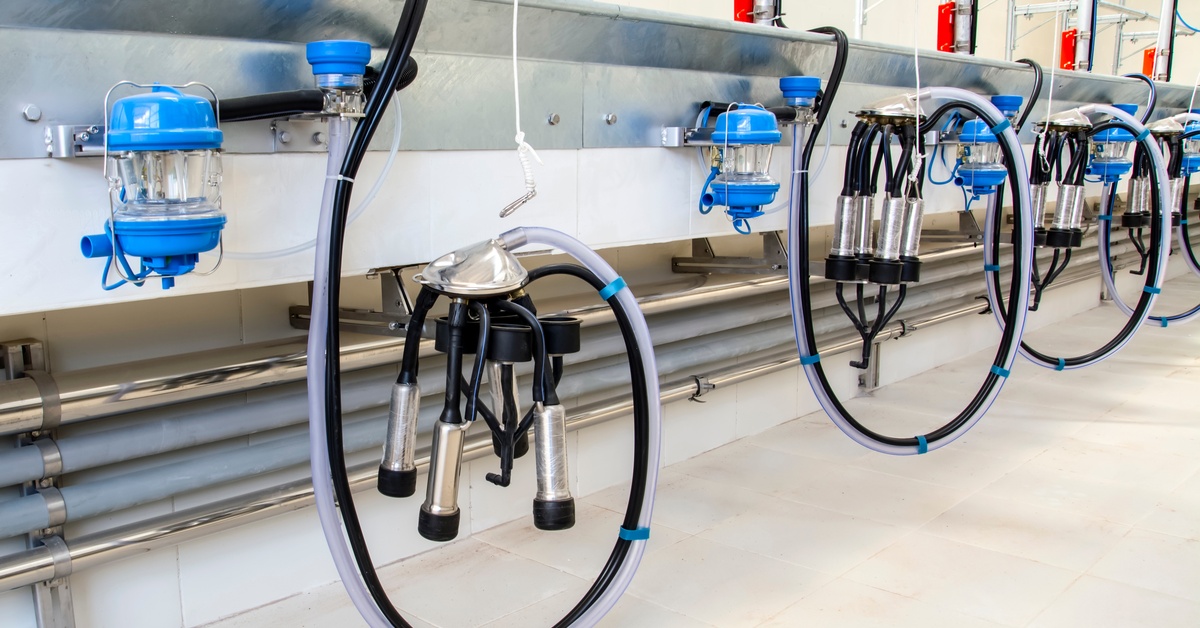
Running a successful dairy operation requires attention to every detail, especially when it comes to milking equipment. One of the most important components for maintaining efficiency and milk quality is milk hoses and tubing.
While seemingly straightforward, these components maintain hygiene, reliability, and operational standards in milking systems. Use this guide to learn everything you should know about milk hoses and tubing. We’ll cover key features and considerations to help you make informed choices for your dairy or cheese production facility.
Material Matters
Milk hoses are made from food-grade materials, such as silicone, rubber, or PVC, to meet safety and hygiene standards. Silicone is a popular material in various settings due to its flexibility and resistance to high temperatures, making it ideal for rigorous cleaning processes.
Rubber is another durable choice, offering excellent resistance to wear and tear, while food-grade PVC is a budget-friendly option that provides adequate durability and transparency.
These materials are reliable for milk contact, as they don’t compromise the quality or safety of the milk during transfer. Knowing the various material options will help you select tubing that aligns with your operation’s specific needs.
Flexibility Is a Must
Flexibility is a key attribute of effective milk tubing, as it allows the hoses to adapt easily to the movement and positioning of milking machines. Flexible tubing keeps operations moving, even in tight or challenging spaces. This tubing trait is particularly advantageous for smaller and midsize dairy farms with limited space around milking parlors or those with portable milking systems.
High levels of flexibility prevent kinks and blockages that could disrupt milk flow or cause unnecessary equipment strain, minimizing the risk of operational interruptions during milking sessions.
Prioritize Durability
Milk hoses must withstand demanding daily operations, including exposure to cleaning chemicals, fluctuations in milk temperature, and constant wear. Durable materials reduce the likelihood of replacements, which turn into a costly and time-consuming process if frequently required.
Silicone tubing, for example, is a viable option for its strength and longevity, even in harsh operating conditions. Investing in durable milk hoses pays off in the long run by allowing for continuous and efficient milk transfer while minimizing maintenance and downtime.
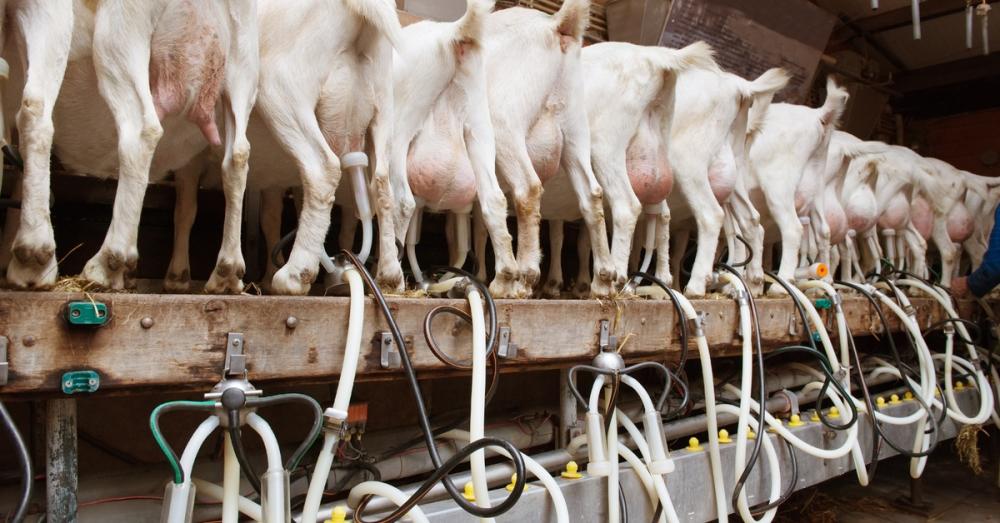
Have High Hygiene Standards
Complying with rigorous hygiene standards is critical to maintain milk quality and consumer safety. Milk hoses must meet stringent food safety certifications, such as those established by the U.S. Food and Drug Administration (FDA) or EU regulations, to prevent contamination during operations.
High-quality food-grade tubing materials resist bacterial buildup and undergo thorough sanitization without degrading over time. Paying attention to hygiene standards in your milk hose selection safeguards the integrity of your milk and your business’s reputation.
Cleaning Compatibility Extends Equipment Lifespan
Milk hoses require intensive cleaning regimens to maintain cleanliness and prevent cross contamination. Cleaning-in-place (CIP) systems, which use high-temperature water and cleaning agents, are a common sanitation method in dairy operations.
Milking tubes must withstand exposure to these cleaning agents and high temperatures without compromising their structural integrity. This compatibility with CIP systems extends the lifespan of the milking equipment and relieves farmers from the worry of unexpected tubing failures.
Tubing Transparency Simplifies Operations
Clear tubing is highly preferred in milking operations, as it allows users to visually monitor milk flow and cleanliness. Transparency offers the advantage of detecting clogging or contamination issues at a glance, enabling swift corrective action.
This extra layer of visibility makes clear tubing a practical choice for operational efficiency and immediate quality checks. Further, tubing transparency helps users confirm that cleaning processes are thorough, promoting confidence in milk hygiene management.
Equipment Size and Diameter Matter
The size and diameter of hoses are pivotal factors to know about milk hoses and tubing. Using tubing with the correct internal diameter provides adequate milk flow and consistent suction, optimizing the efficiency of your milking system.
Hoses that are too narrow may create blockages, while oversize tubes lead to inefficient vacuum performance. Consult equipment specifications and collaborate with your supplier to select tubing with the correct dimensions for a seamless fit and optimal results.
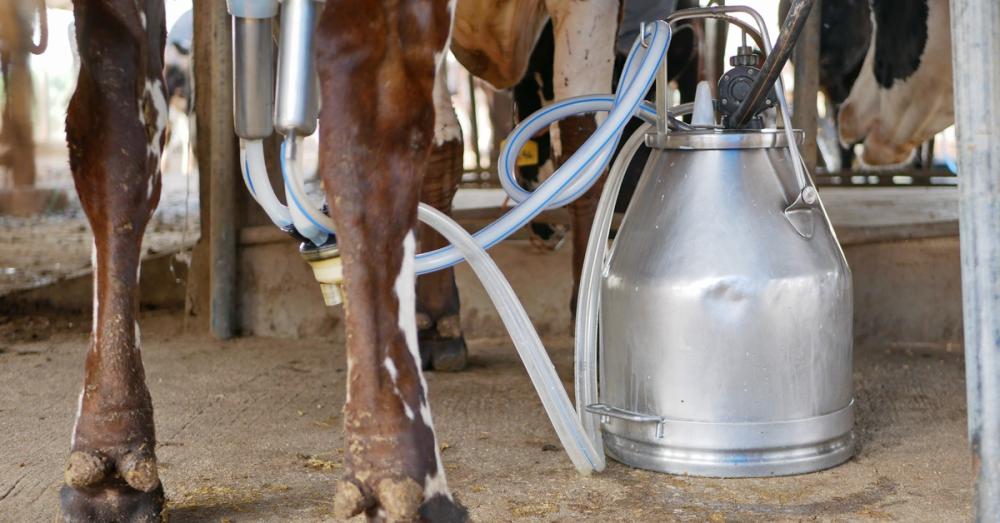
Vacuum Resistance Is Important
Milk hoses must maintain their functionality and shape under vacuum pressure, a vital component of milking machinery. Weak or subpar tubing can collapse under pressure, disrupting milk flow and causing delays during milking sessions.
High-quality hoses engineered with sufficient wall thickness and reinforced designs provide reliable vacuum resistance for smooth milk flow throughout the process, even during extended periods of operation.
Focus on Longevity for Cost Savings
Over time, milk hoses degrade, reducing their effectiveness and potentially compromising hygiene and milk quality. Regular inspections and timely replacements are essential to maintaining optimal operations. Look for signs of cracking, discoloration, and loss of flexibility as indicators of wear.
Creating a maintenance schedule that includes routine checks will prevent potential failures during milking sessions. Prioritizing replacement when necessary keeps milk operations safe, efficient, and uncontaminated.
Always Meet Regulatory Compliance
Adherence to local and international dairy industry regulations is a nonnegotiable aspect of selecting milk tubing. Regulations vary by region and may include standards related to materials, hygiene, and environmental impacts.
Confirming that your hoses are certified and compliant protects your operation from legal complications and reinforces consumer trust in your products. Complying with certifications such as the FDA, EU, or ISO means your operations adhere to the highest industry standards.
Explore Customization Options
Every dairy operation is unique, with specific equipment setups and operational requirements. Many manufacturers offer customization options, allowing you to select tubing in specific lengths, diameters, and fittings that suit your milking system.
Tailoring these specifications makes for a seamless integration into your existing setup and minimizes the risk of inefficiencies caused by mismatched components. Customization also allows operators to align their tubing selections with short-term and long-term operational goals.
Milk hoses and tubing are integral components of a dairy or cheese production facility. Selecting the right tubing maintains hygienic, efficient, and reliable operations for high-quality milk.
Carefully assess material options, hygiene standards, and operational compatibility to make informed decisions that support your business’s success. For the best advice and options tailored to your needs, consult with Parts Dept today. We’re your go-to option for high-quality equipment and expert advice.

